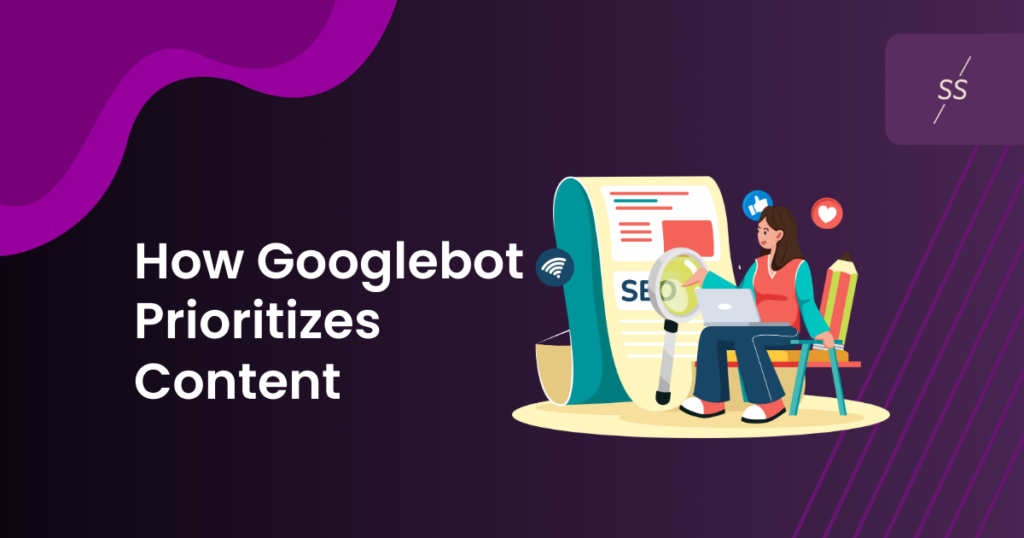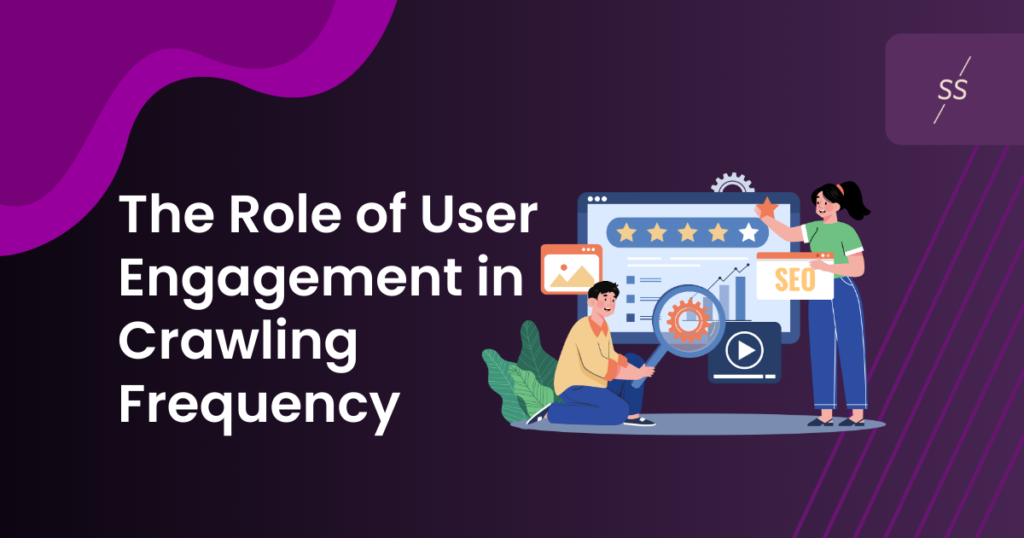In the competitive world of digital marketing, getting your content noticed by search engines can feel like an uphill battle. Creating google search quality content is essential. Despite having well-written articles, blog posts, and product pages, many website owners struggle to achieve the visibility they desire. One of the critical reasons for this is how often Googlebot crawls and indexes your content. If Google doesn’t crawl your content frequently, it won’t show up in search results, no matter how valuable it is. The frustration intensifies when you realize that your competitors’ websites are ranking higher, while your pages are sitting in the shadows, unseen. This can feel discouraging, especially if you’ve invested time and resources into creating quality content. If Google isn’t crawling your website often, it means your content is not being updated in the search index, leading to lower rankings and, ultimately, less organic traffic.
“Content Fuels Visibility”
Google has confirmed that the quality of the content directly influences the frequency of content crawling. Better content leads to more frequent crawls, giving your website a greater chance to appear in search results and attract organic traffic. In this blog, we’ll explore how high-quality content can boost your crawling rates, why Google prioritizes better content, and practical strategies you can implement to ensure your pages are crawled more often and rank higher in search results.
How Content Quality Affects Google Crawling Rates
Googlebot, the web crawler used by Google to index the content of websites, has a set amount of resources to crawl and index content across the internet. If your website consistently produces high-quality content, it’s more likely to attract Googlebot’s attention and get crawled more frequently. Google prioritizes sites that offer fresh, relevant, and well-structured content. Sites with low-quality content may be crawled less often, making it harder for them to stay up-to-date in the search results.
Quality content is seen as a sign of authority and relevance by Google. The more authoritative and informative your content, the more Googlebot will want to crawl your site. So, ensuring that your content is well-written, engaging, and aligned with what users are searching for can directly influence how often it’s crawled.
Why Google Prioritizes Better Content for Crawling
Google’s ultimate goal is to provide users with the best possible search experience. It achieves this by serving the most relevant and useful results for each search query. High-quality content plays a significant role in this process. Google uses various algorithms to determine which pages are most likely to satisfy a user’s query, and better content is a key factor in that decision.
When Googlebot crawls a website, it evaluates the content for several factors, including relevance, originality, and user engagement. Content that is well-researched, comprehensive, and up-to-date is more likely to be crawled more often because it provides value to users. In contrast, thin or duplicate content provides little value, making it less likely to be crawled frequently.
How Googlebot Prioritizes Content

Googlebot doesn’t crawl all content equally. Instead, it prioritizes content based on several factors, including freshness, relevance, and user engagement. Websites that consistently provide valuable, well-structured content are more likely to be crawled more frequently.
Googlebot tends to crawl high-quality content more often because it is seen as more authoritative and useful for users. Websites that regularly update their content with new, relevant, and original information are prioritized. This is especially true for sites in dynamic industries like technology, finance, and health, where information is constantly evolving.
Moreover, Googlebot also looks for pages that offer a great user experience. Websites with fast loading times, mobile optimization, and clear navigation are more likely to rank higher and be crawled more frequently. Thus, Googlebot gives priority to websites that make it easy for users to find and consume content.
The Importance of Fresh Content in Crawling Frequency
Freshness is an important factor in content crawling. Googlebot tends to favor fresh content because it is likely to contain updated information that is relevant to users. This is particularly important in industries that experience rapid change, such as technology, healthcare, and, yes, even SEO.
If your website consistently publishes new and relevant content, it signals to Googlebot that your site is active and worth crawling regularly. This can result in better indexing and higher rankings for your pages. In contrast, sites that rarely update their content might see a decline in crawling frequency, as Googlebot may deem those pages as less relevant.
How to Improve Your Crawl Rate with Quality Content
Improving your crawl rate requires more than just creating high-quality content; it also involves ensuring that Googlebot can easily discover and crawl your pages. Here are a few key strategies to boost your crawl rate:
- Create Valuable Content: Ensure that the content you produce provides value to your audience. Googlebot rewards websites that answer users’ queries with useful, informative, and original content.
- Update Content Regularly: As mentioned, fresh content is key to attracting Googlebot. Updating your existing content regularly signals to Google that your site is active and authoritative.
- Improve Site Structure: A well-organized site structure makes it easier for Googlebot to crawl your pages. Clear navigation, well-labeled categories, and an XML sitemap are crucial for efficient crawling.
- Fix Broken Links: Ensure that there are no broken links on your website. Googlebot may abandon a site if it encounters too many errors, which can harm your crawl rate.
The Role of User Engagement in Crawling Frequency

User engagement also plays a key role in how often Google crawls your website. If users spend more time on your pages, interact with your content, and share it on social media, Googlebot will take this as a signal that your content is valuable. This user interaction can result in more frequent crawling, as Googlebot recognizes the relevance and quality of your pages.
Websites that have high bounce rates or poor user engagement may see reduced crawling frequency, as Google may interpret these signs as a lack of content quality. Therefore, maintaining a good user experience is just as important as creating high-quality content.
The Relationship Between Content Quality and Crawl Budget
Crawl budget refers to the amount of time and resources Googlebot spends crawling your website. Websites with high-quality content are often able to maximize their crawl budget. This means that Googlebot will prioritize crawling pages with valuable and relevant content, ensuring that these pages are indexed quickly and accurately. If your content is shallow or of low quality, Googlebot may spend less time crawling your site, potentially missing valuable pages. By focusing on high-quality, well-structured content, you help Googlebot allocate more crawl resources to your most important pages.
How User Experience (UX) Enhances Content Crawling
User experience (UX) plays a crucial role in how Googlebot evaluates content. High-quality content is not just about the information it provides; it’s also about how easy it is for users to access and engage with that information. A website with good UX—such as fast loading times, mobile optimization, and intuitive navigation—provides a better experience for users and Googlebot alike. When users spend more time on your pages and engage with your content, Googlebot will recognize the value and crawl it more frequently. Therefore, focusing on both content quality and user experience ensures that your site is optimized for both users and search engines.
Read more: Core Web Vitals: Why Speed Matters in SEO
FAQs
1. Why does Googlebot crawl my content less frequently?
Googlebot crawls websites based on content quality and relevance. If your content is outdated, thin, or not engaging, it may be crawled less frequently. Regularly updating content and improving its quality can increase crawl frequency.
2. How can I improve my website’s crawl rate?
To improve your crawl rate, focus on creating valuable, high-quality content that is regularly updated. Ensure your website is well-structured, mobile-friendly, and free from broken links.
3. Does Googlebot prioritize new content over old content?
Yes, Googlebot tends to prioritize fresh content, especially if it provides relevant, up-to-date information. Updating older posts can help maintain their visibility in search results.
4. How does user engagement impact crawling frequency?
Higher user engagement signals to Google that your content is valuable. When users spend more time on your pages or share your content, Googlebot is more likely to crawl those pages more often.
Conclusion
To wrap up, high-quality content is essential for ensuring that Googlebot crawls your website frequently. Better content leads to more frequent crawling, higher rankings, and more visibility in search results. By creating valuable, well-structured, and relevant content, and maintaining a website that provides an excellent user experience, you can significantly improve your crawl rate and SEO performance.
